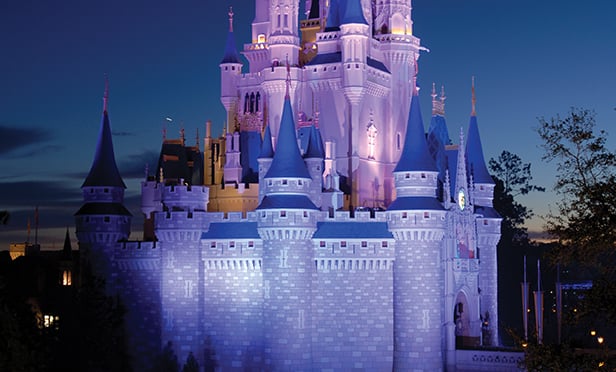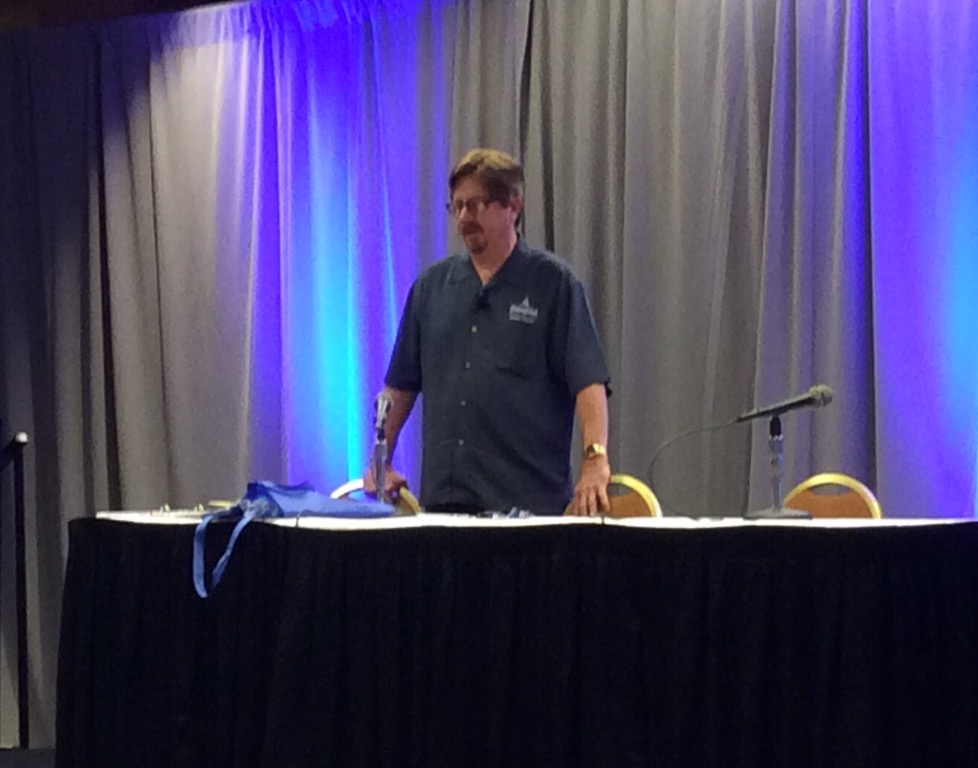Mem11
Active Member
We obtain insurance against the risk of losses relating to some of these events, generally including physical damage to our property and resulting business interruption, certain injuries occurring on our property and some liabilities for alleged
breach of legal responsibilities. When insurance is obtained it is subject to deductibles, exclusions, terms, conditions and limits of liability. The types and levels of coverage we obtain vary from time to time depending on our view of the likelihood of specific types and levels of loss in relation to the cost of obtaining coverage for such types and levels of loss.
I hope this puts the debate to bed. Like most massive corporation TWDC is self insured for everyday claims but carries umbrella insurance for catastrophic loss.
Here’s an interesting read on how the self insurance works. Found it with a simple google search:

Managing risk at the happiest place on Earth
At twice the size of Manhattan, Walt Disney World faces many of the same risks as a large city. It's how they manage those risks that makes them unique.www.propertycasualty360.com
Agreed, but based on the the statement from the 10K, they have more than just a an umbrella excess policy. At the very least they have a Business Property Policy for property damage and business interruption - an umbrella policy wouldn't cover that.
Interesting, I worked for Disney's Workers Compensation carrier up until 2007. It does appear that they are now self insured based on that article. They had been insured with us since I believe the 60's - I wonder if this happened around the time "Where's The Fire" closed. I didn't handle the account, but did work on similar sized multi-national accounts and all were written on loss sensitive plans or we acted as their TPA as I'm sure was the case with Disney.
Sorry for the thread drift, but I haven't had a lot of good insurance talk for quite some time

